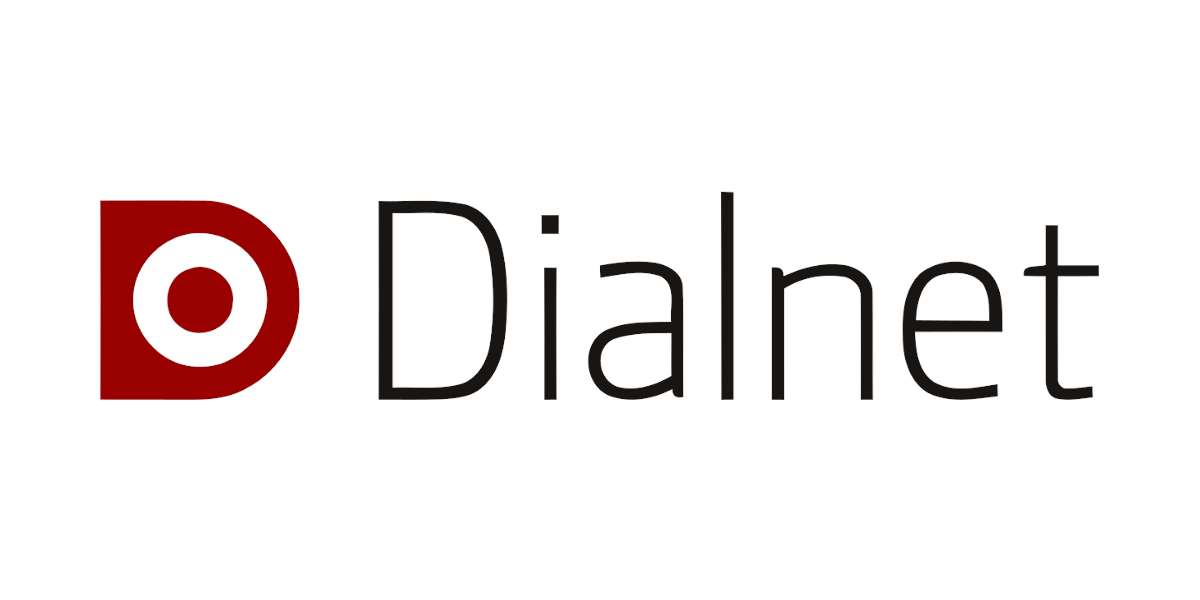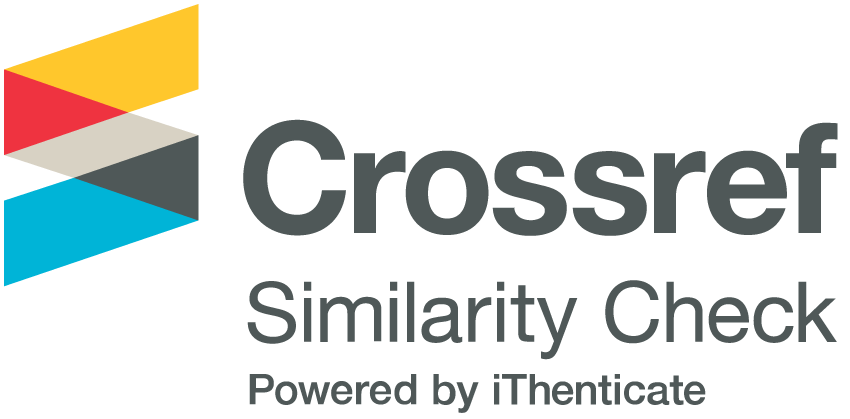New Indicators on Integration of Global Value Chains in Employment and the Economy of Andalusia
DOI:
https://doi.org/10.54790/rccs.28Keywords:
FIGARO multicountry tables, multiregional input-output model (MRIO), global chain values, extended inputoutput tables, andalusian economyAbstract
This paper proposes two new indicators to monitor the integration of Andalusia in global value chains based on the OECD methodology, the Eurostat Inter-country Input-Output Tables (FIGARO) and the Andalusian Input-Output Tables published by the IECA. The results clearly indicate that trade with the European Union benefits the Andalusian region the most, in terms of both employment and value added embodied in Andalusian exports, with the exception of trade with the rest of Spain, Greece and Malta. Exports of R&D and agricultural products are the ones that retain the highest share of value added in Andalusia, with energy products the least.
Downloads
Metrics
References
Arto, I., Dietzenbacher, E. y Rueda-Cantuche, J. M. (2019). Measuring bilateral trade in value added terms. Luxembourg: Oficina de Publicaciones de la Unión Europea. https://publications.jrc.ec.europa.eu/repository/handle/JRC116694
Arto, I., Rueda-Cantuche, J. M., Amores, A. F., Dietzenbacher, E., Sousa, N., Montinari, L. y Markandya, M. (2015). EU exports to the World: Effects on employment and income. Luxembourg: Oficina de Publicaciones de la Unión Europea. https://publications.jrc.ec.europa.eu/repository/handle/JRC93237
Baldwin, R. (2019). The Great Convergence: Information technology and the New Globalization. The Belknap Press of Harvard University Press. https://www.hup.harvard.edu/catalog.php?isbn=9780674237841
Comisión Europea, Eurostat (2019). EU inter-country supply, use and input-output tables — Full international and global accounts for research in input-output analysis (FIGARO) : Edición 2019. I. Rémond-Tiedrez y J. M. Rueda-Cantuche (Eds.), Luxembourg: Oficina de Publicaciones de la Unión Europea. https://ec.europa.eu/eurostat/web/products-statistical-working-papers/-/KS-TC-19-002
Dietzenbacher, E., Los, B., Stehrer, R., Timmer, M. y De Vries, G. (2013). The construction of world input-output tables in the WIOD project. Economic Systems Research, 25 (1), 71-98. https://doi.org/10.1080/09535314.2012.761180
EUSTAT (2021). Análisis de cadenas de valor de la economía vasca. I. Arto, M. V. Román, J. M. Rueda-Cantuche y M. Tomás (Eds.). Informe del Centro Vasco para el Cambio Climático (BC3). Bilbao: Euskal Estatistica Erabundea/Instituto Vasco de Estadistica-Eustat (versión no publicada).
Foster-McGregor, N. y Stehrer, R. (2013). Value Added Content of Trade: A Comprehensive Approach. Economics Letters, 120 (2), 354-357. https://doi.org/10.1016/j.econlet.2013.05.003
Grossman, G. M. y Rossi-Hansberg, E. (2008). Trading Tasks: A Simple Theory of Offshoring. American Economic Review, 98(5), 1978-1997. https://doi.org/10.1257/aer.98.5.1978.
Johnson, R. C. y Noguera, G. (2012). Accounting for intermediates: Production sharing and trade in value added. Journal of International Economics, 86(2), 224-236. https://doi.org/10.1016/j.jinteco.2011.10.003
Junta de Andalucía (2020). Marco Input-Output de Andalucía 2016. Sevilla: Instituto de Estadística y Cartografía de Andalucía de la Junta de Andalucía. https://www.juntadeandalucia.es/institutodeestadisticaycartografia/mioan/metodologia/mioan16met.pdf
Junta de Andalucía (2021). Plan de acción CRECE Industria 2021-2022 para una nueva política industrial en Andalucía. Sevilla: Consejería de Transformación Económica, Industria, Conocimiento y Universidades. Junta de Andalucía. https://www.juntadeandalucia.es/sites/default/files/2022-06/Plan%20de%20acci%C3%B3n%20CRECE%20Industria%202021%20-%202022%20en%20Andaluc%C3%ADa_03agosto2021.pdf
Koopman, R., Wang, Z. y Wei, S.-J. (2014). Tracing value-added and double counting in gross exports. The American Economic Review, 104 (2), 459-494. https://doi.org/10.1257/aer.104.2.459
Los, B., Timmer, M. P. y de Vries, G. J. (2016). Tracing Value-Added and Double Counting in Gross Exports: Comment. American Economic Review, 106(7), 1958-1966. https://doi.org/10.1257/aer.20140883
Nagengast, A. J. y Stehrer, R. (2014). Collateral Imbalances in Intra-European Trade? Accounting for the Differences between Gross and Value Added Trade Balances (SSRN Scholarly Paper ID 2796991). Social Science Research Network. https://papers.ssrn.com/abstract=2796991
Nagengast, A. J. y Stehrer, R. (2016). Accounting for the Differences Between Gross and Value Added Trade Balances. The World Economy, 39(9), 1276-1306. https://doi.org/10.1111/twec.12401
Ponte, S., Gereffi, G. y Raj-Reichert, G. (Eds.) (2019). Handbook on Global Value Chains0. Cheltenham, UK: E. Elgar Publications. https://www.e-elgar.com/shop/gbp/handbook-on-global-value-chains-9781788113762.html
Timmer, M. P., Erumban, A. A., Los, B., Stehrer, R. y de Vries, G. J. (2014). Slicing up global value chains. The Journal of Economic Perspectives, 28(2), 99-118. https://doi.org/10.1257/jep.28.2.99
Tukker, A. y Dietzenbacher, E. (2013). Global multiregional input-output frameworks: An introduction and outlook. Economic Systems Research, 25(1), 1-19. https://doi.org/10.1080/09535314.2012.761179
Valderas-Jaramillo, J. M. y Rueda-Cantuche, J. M. (2021). The multidimensional nD-GRAS method: applications for the projection of multiregional input-output frameworks and valuation matrices. Papers in Regional Science, 100, 1599-1624. https://publications.jrc.ec.europa.eu/repository/handle/JRC125772
Downloads
Published
How to Cite
Issue
Section
License
Copyright (c) 2022 José Manuel Rueda-Cantuche, Juan Manuel Valderas-Jaramillo

This work is licensed under a Creative Commons Attribution-NonCommercial-ShareAlike 4.0 International License.










